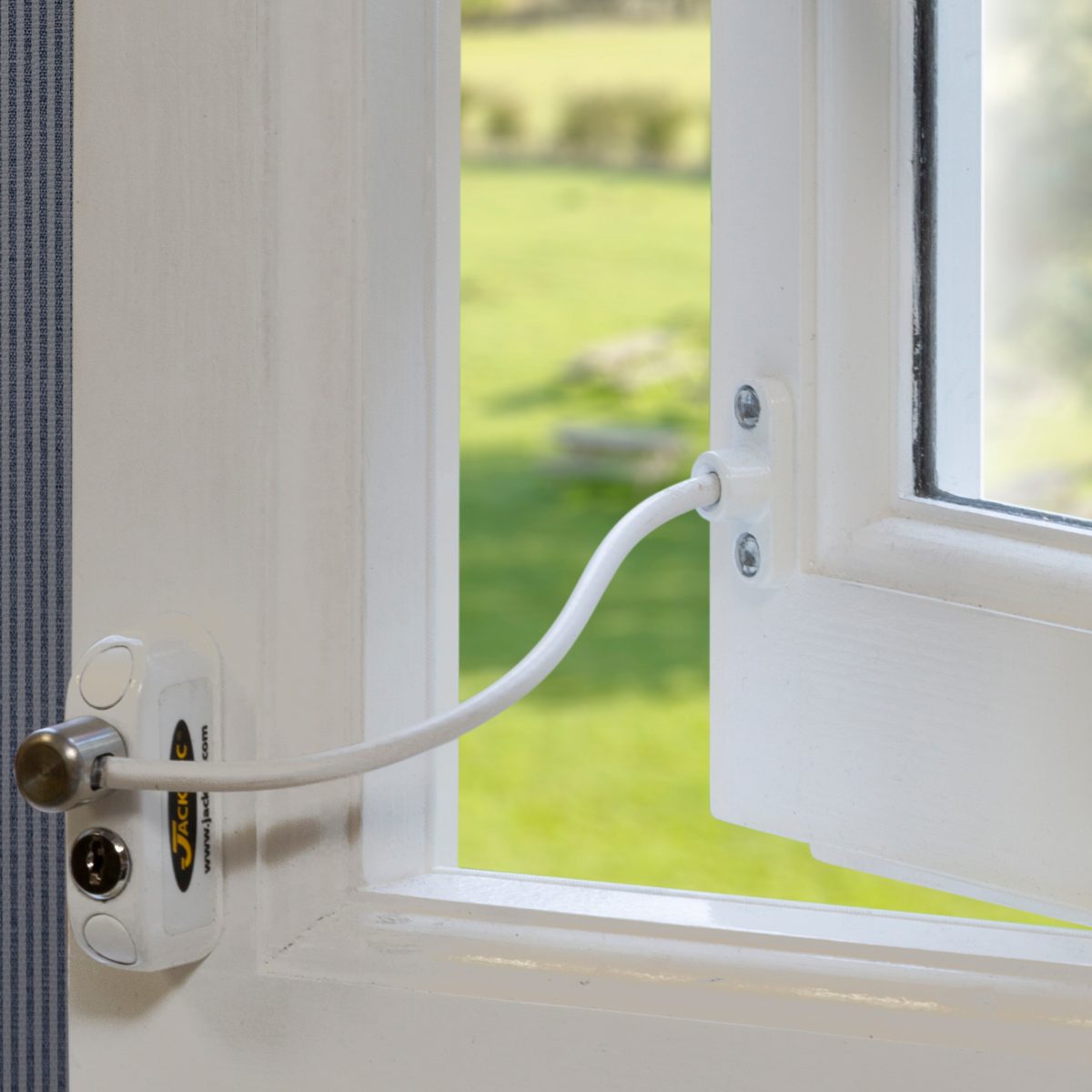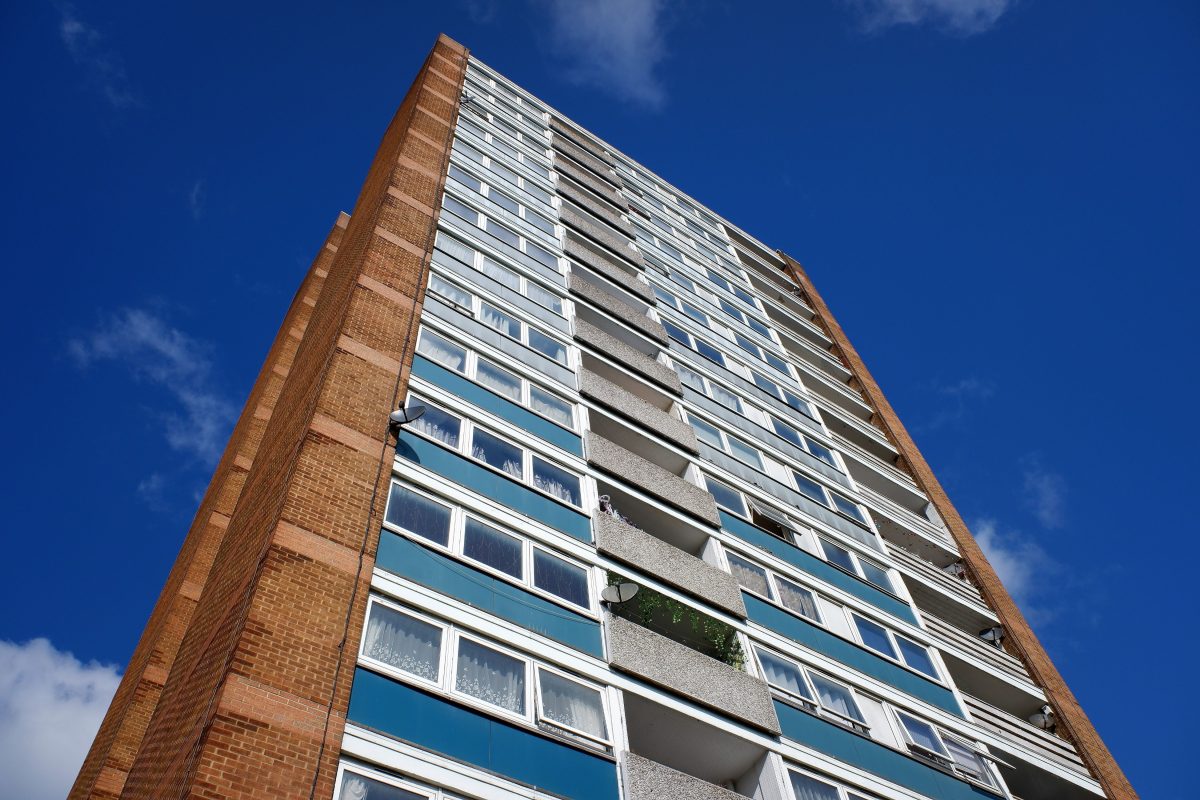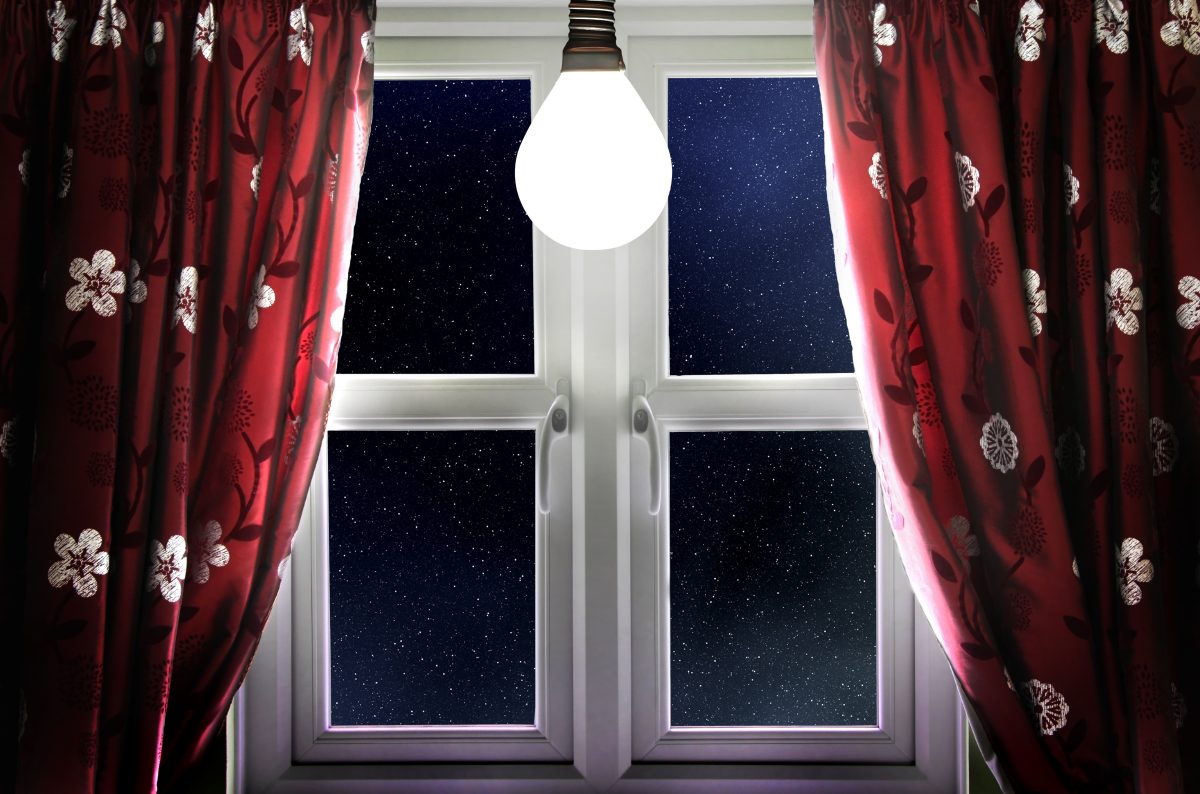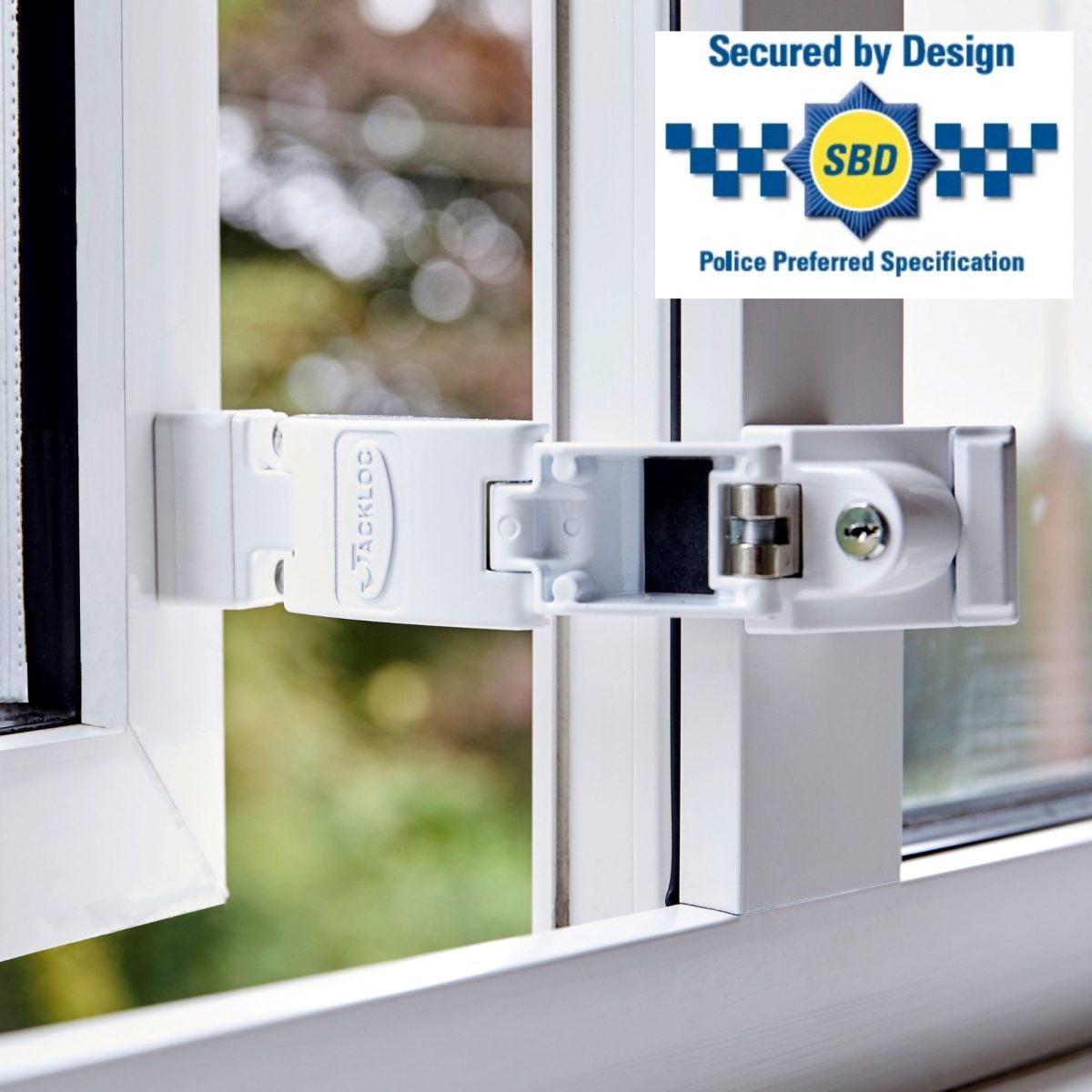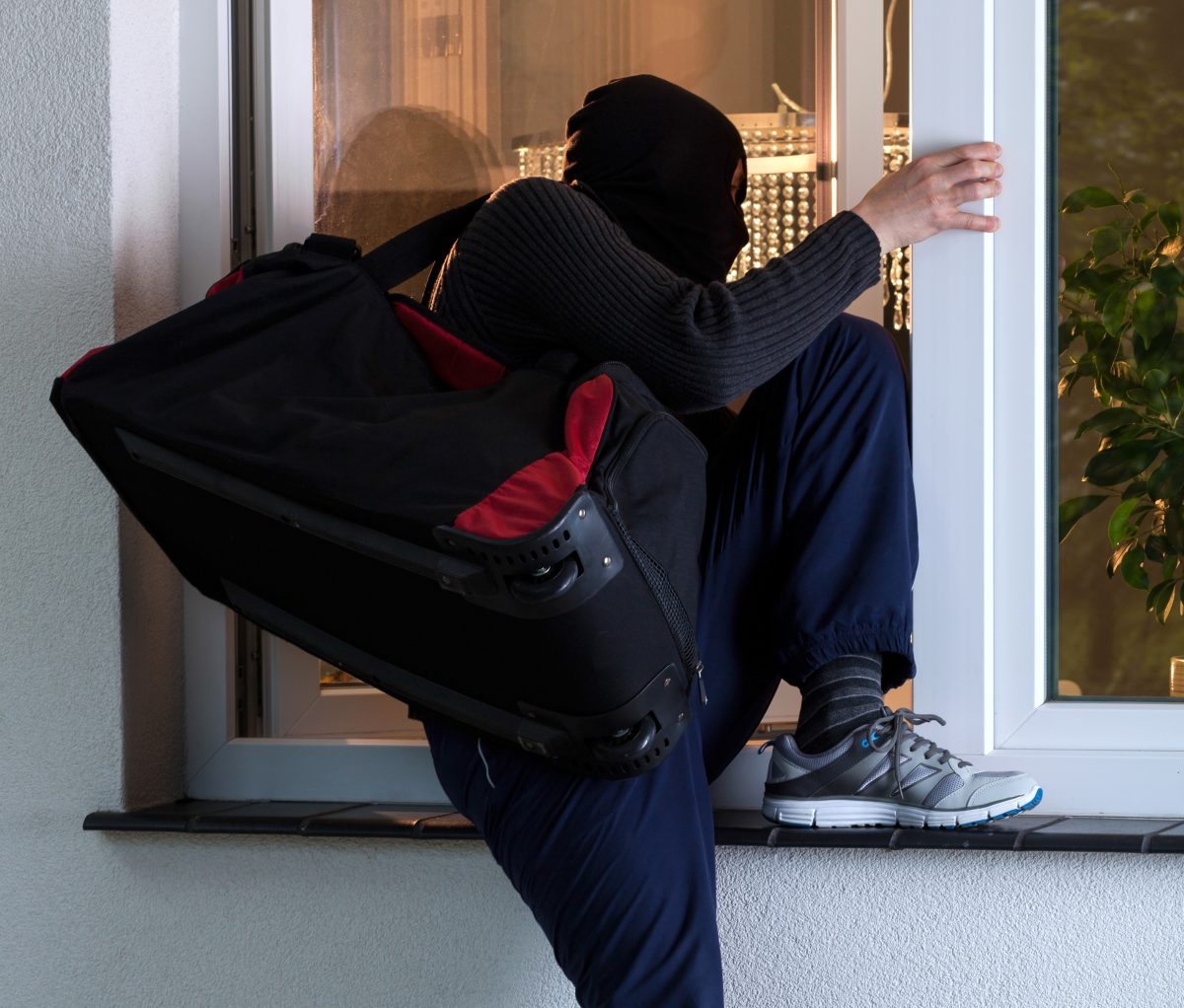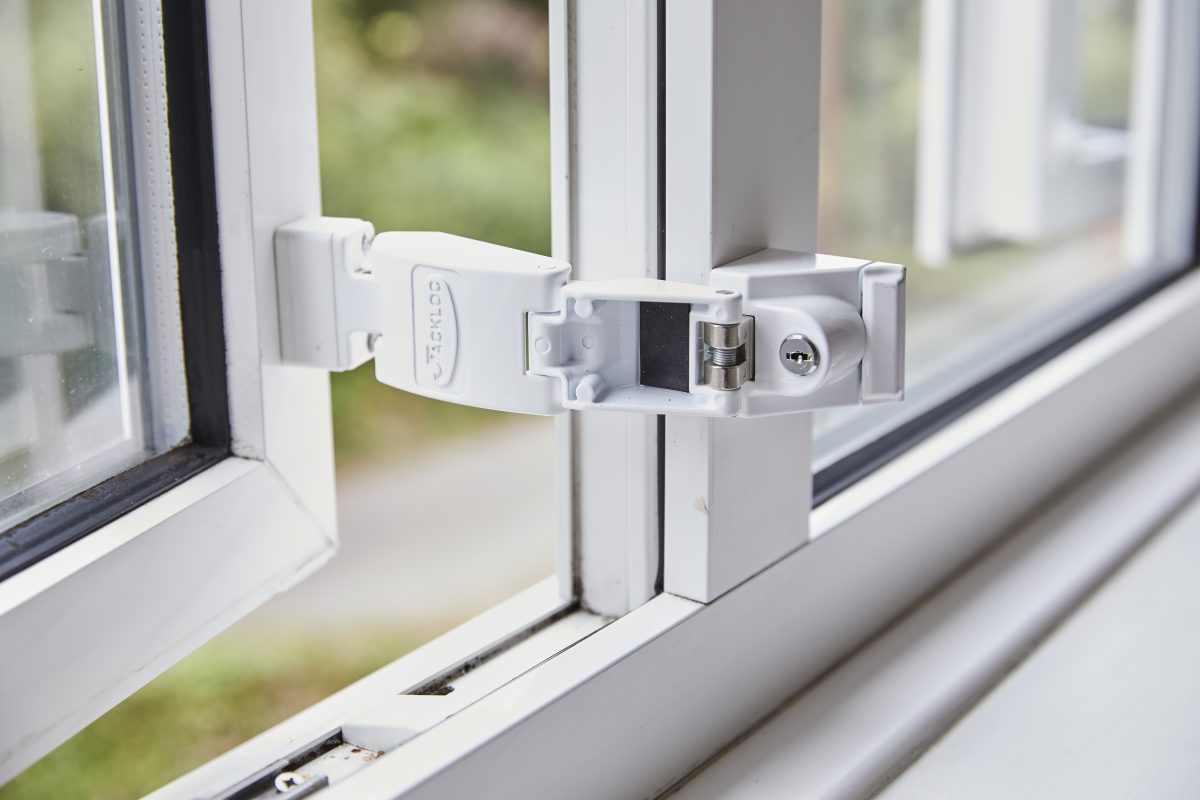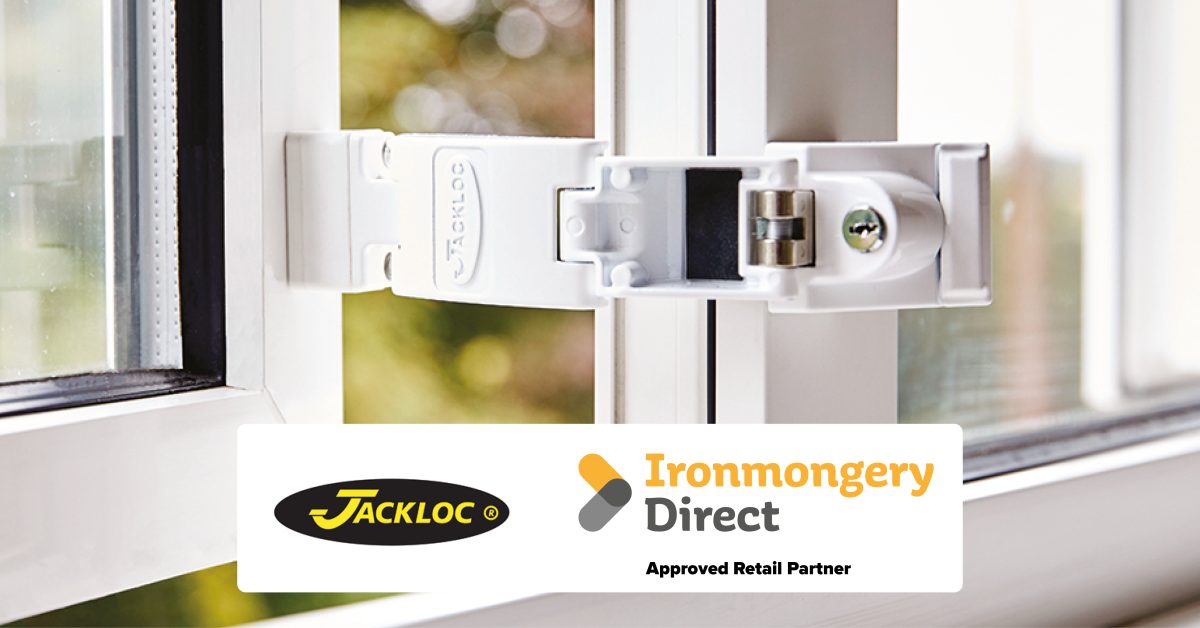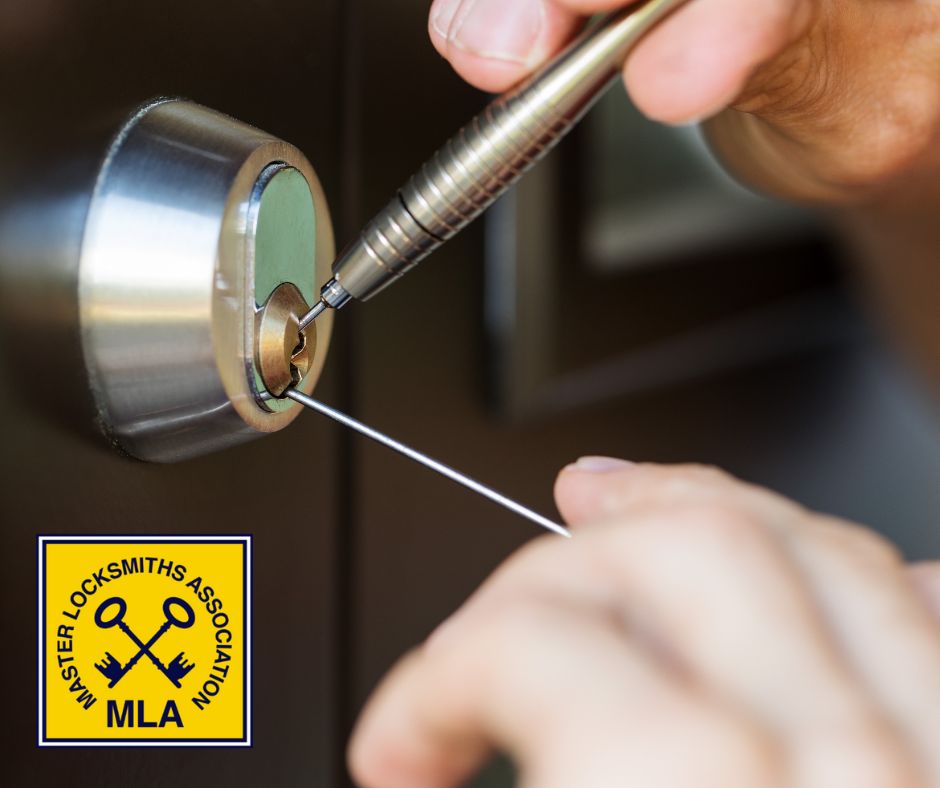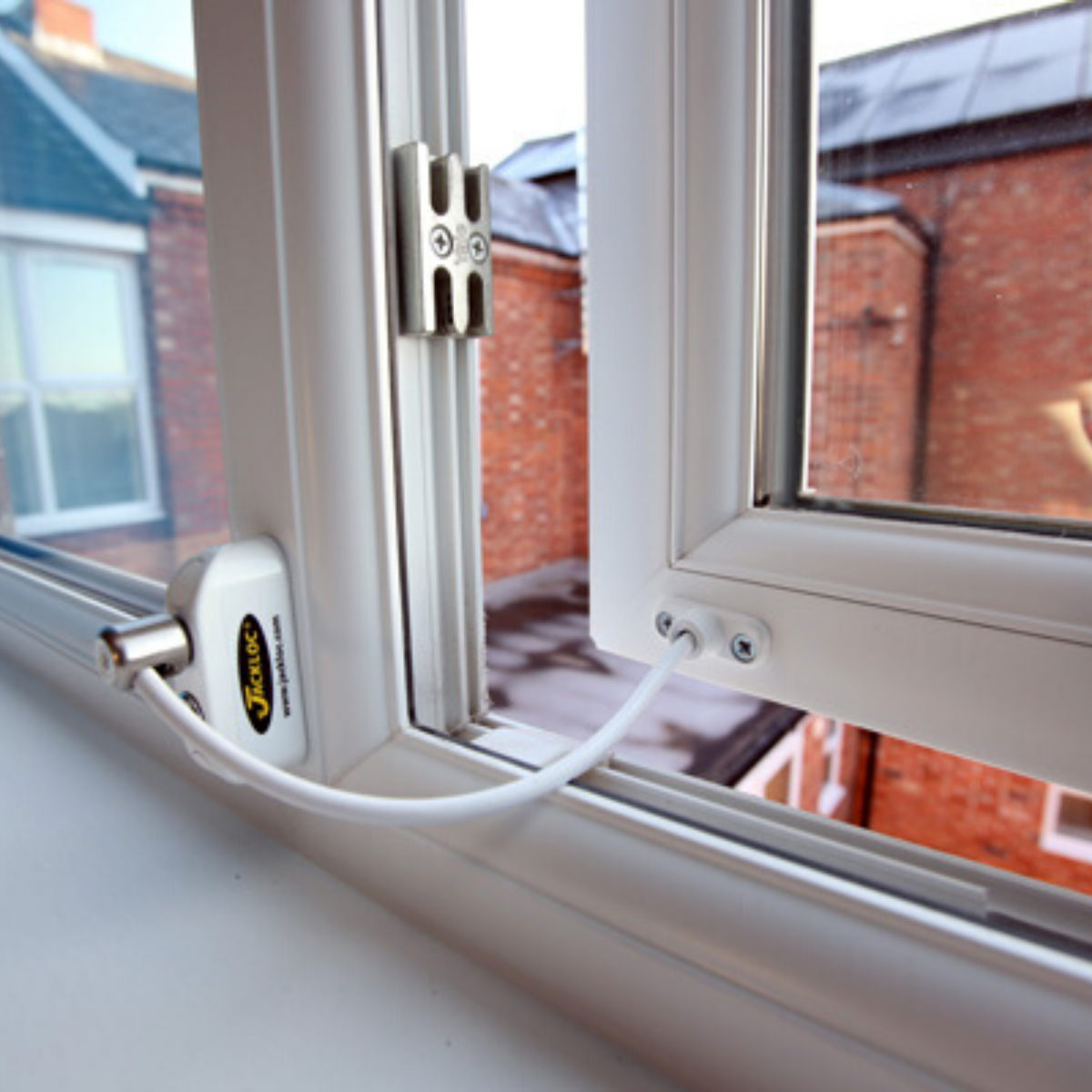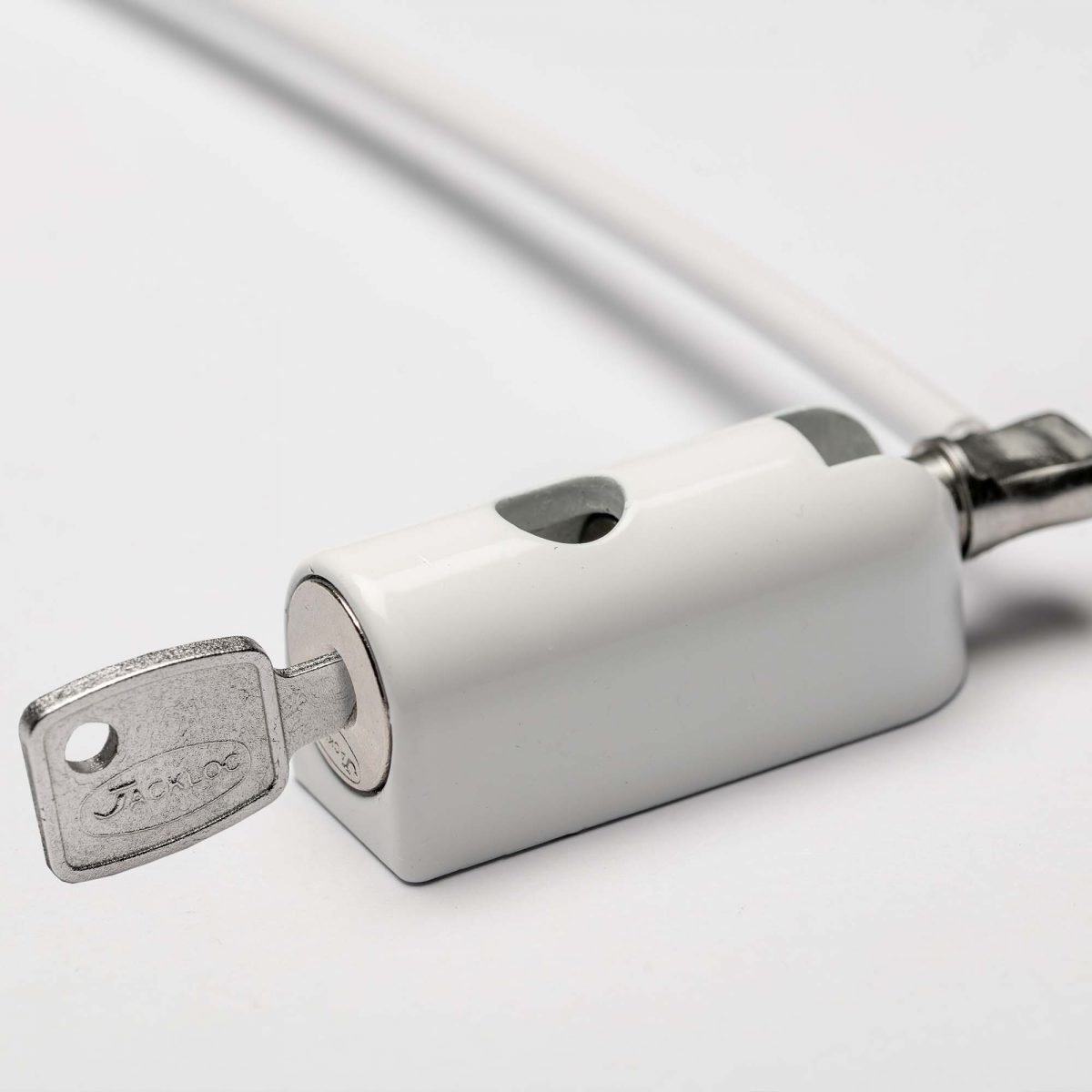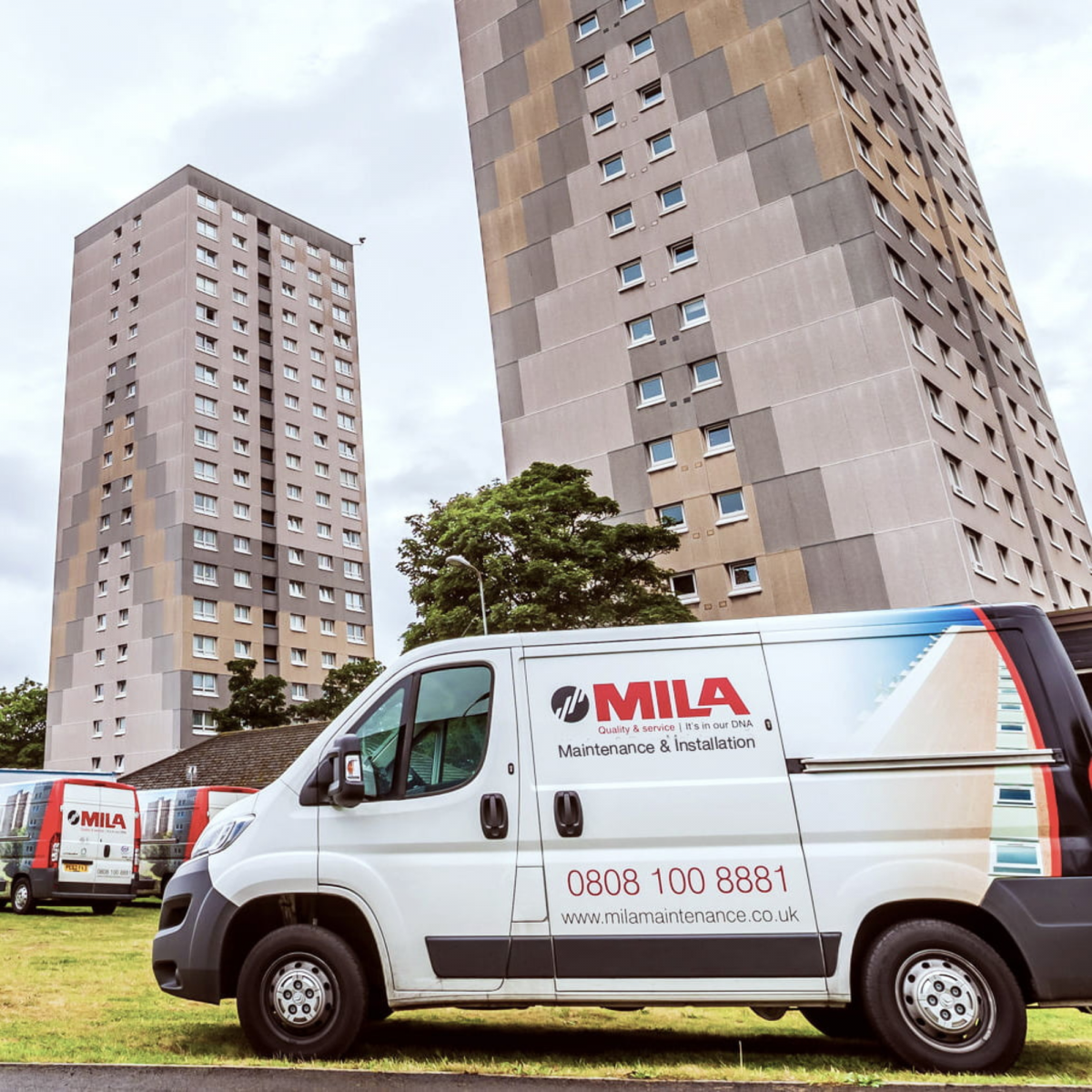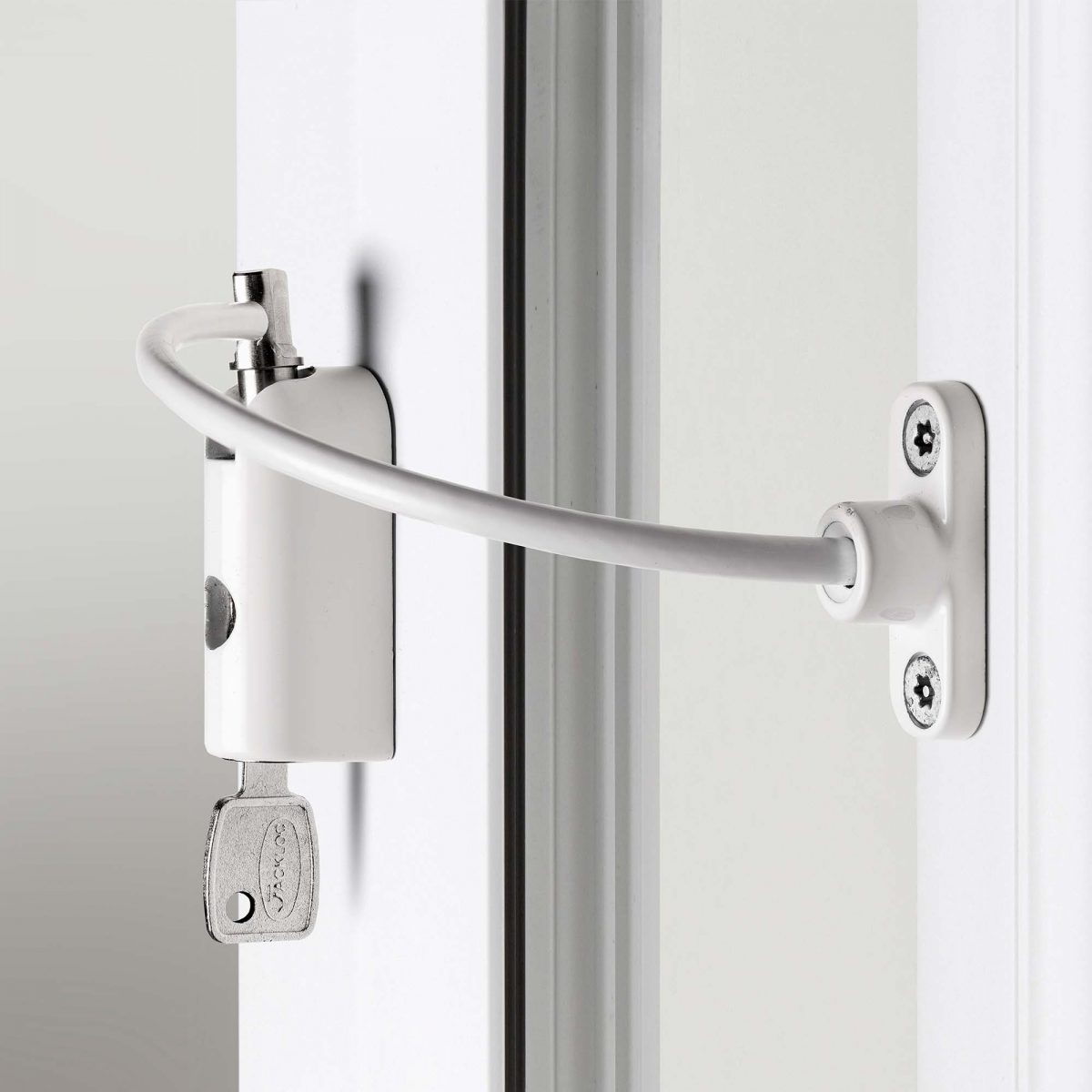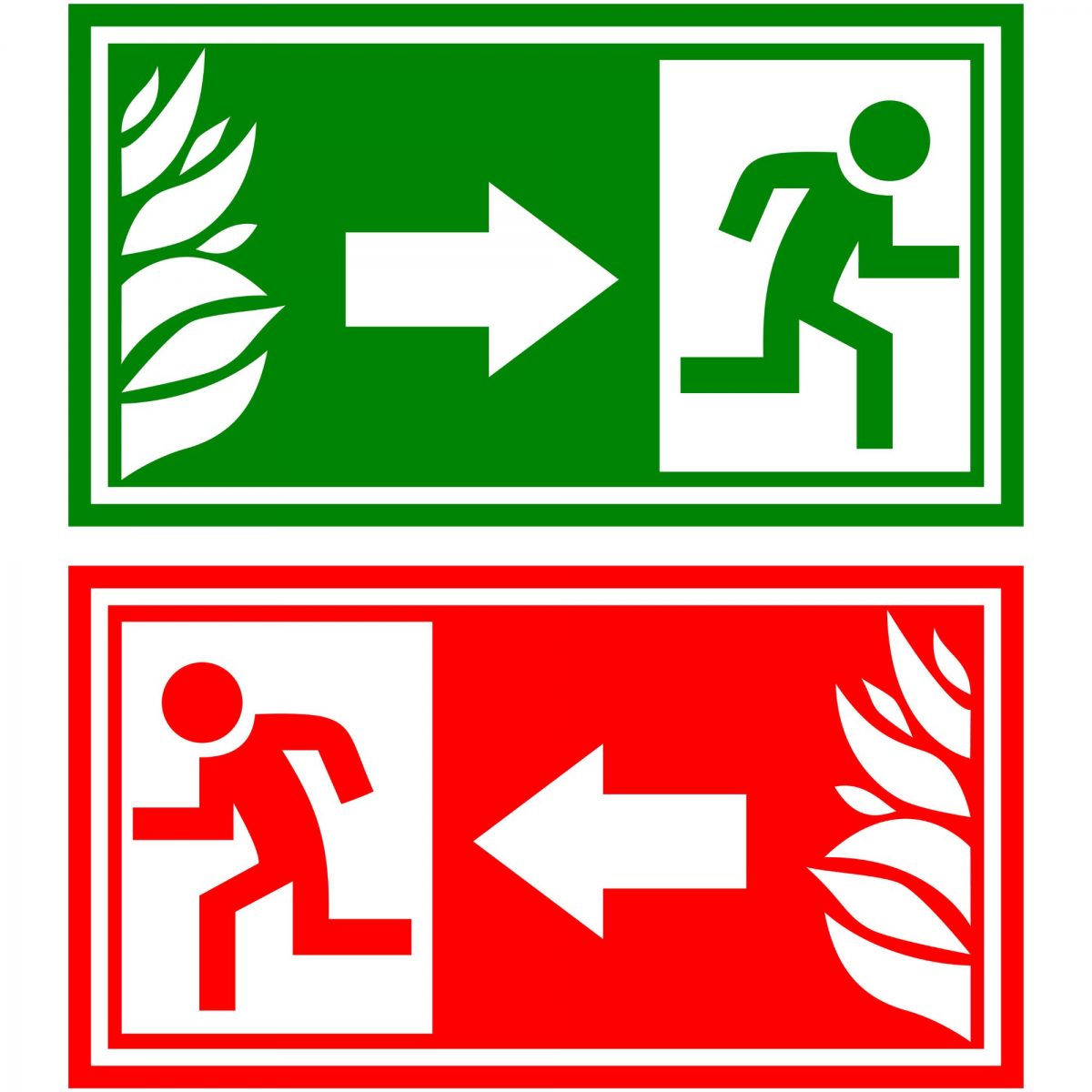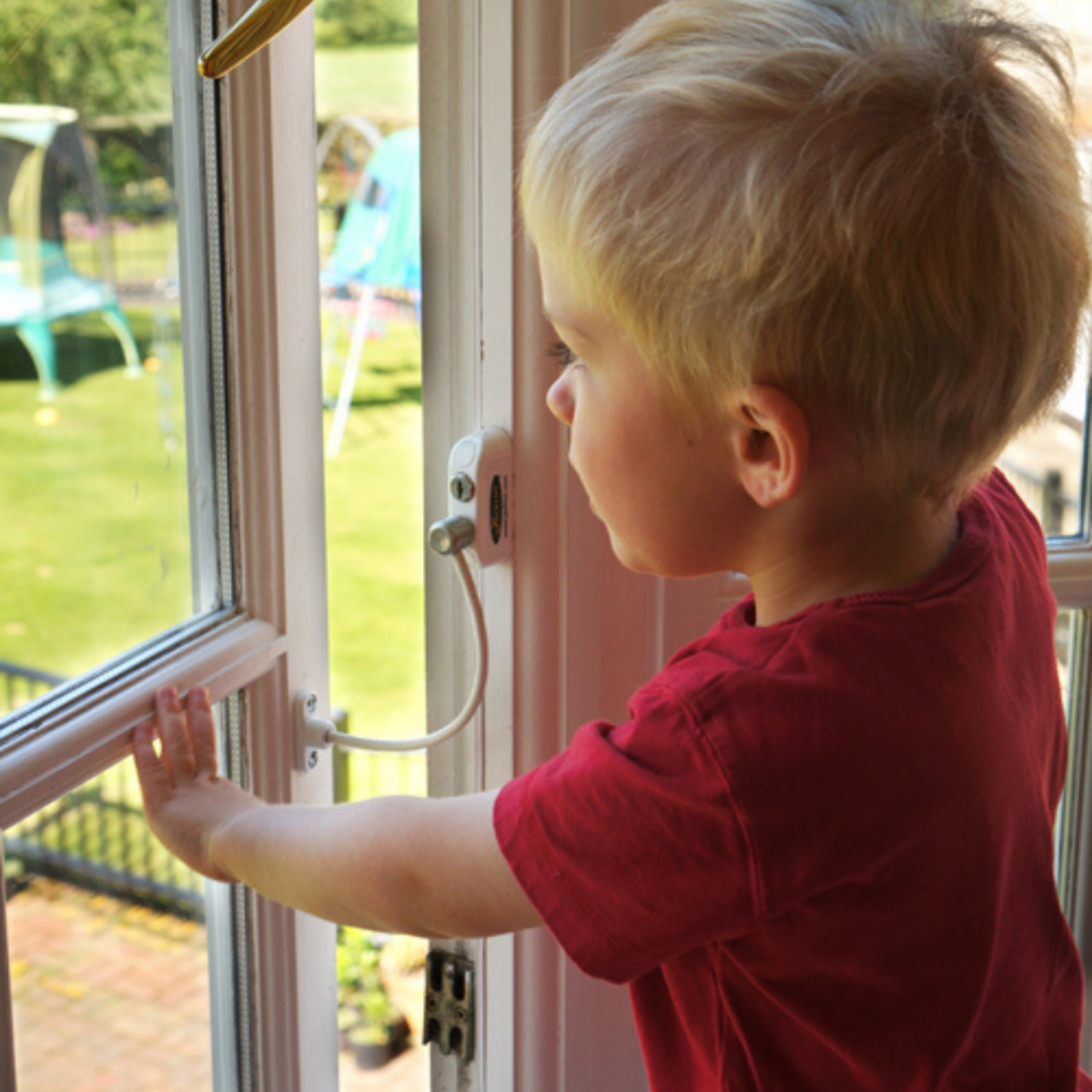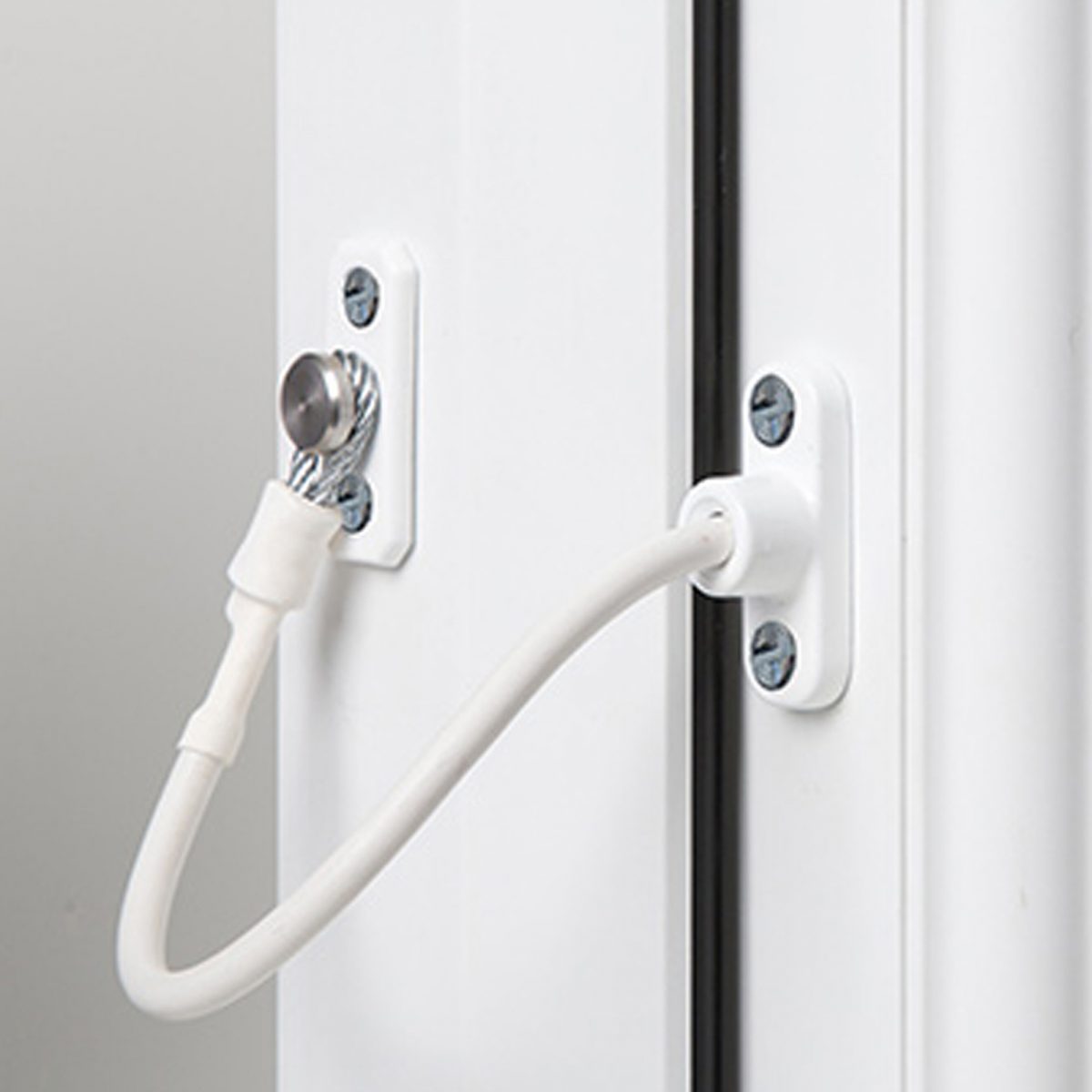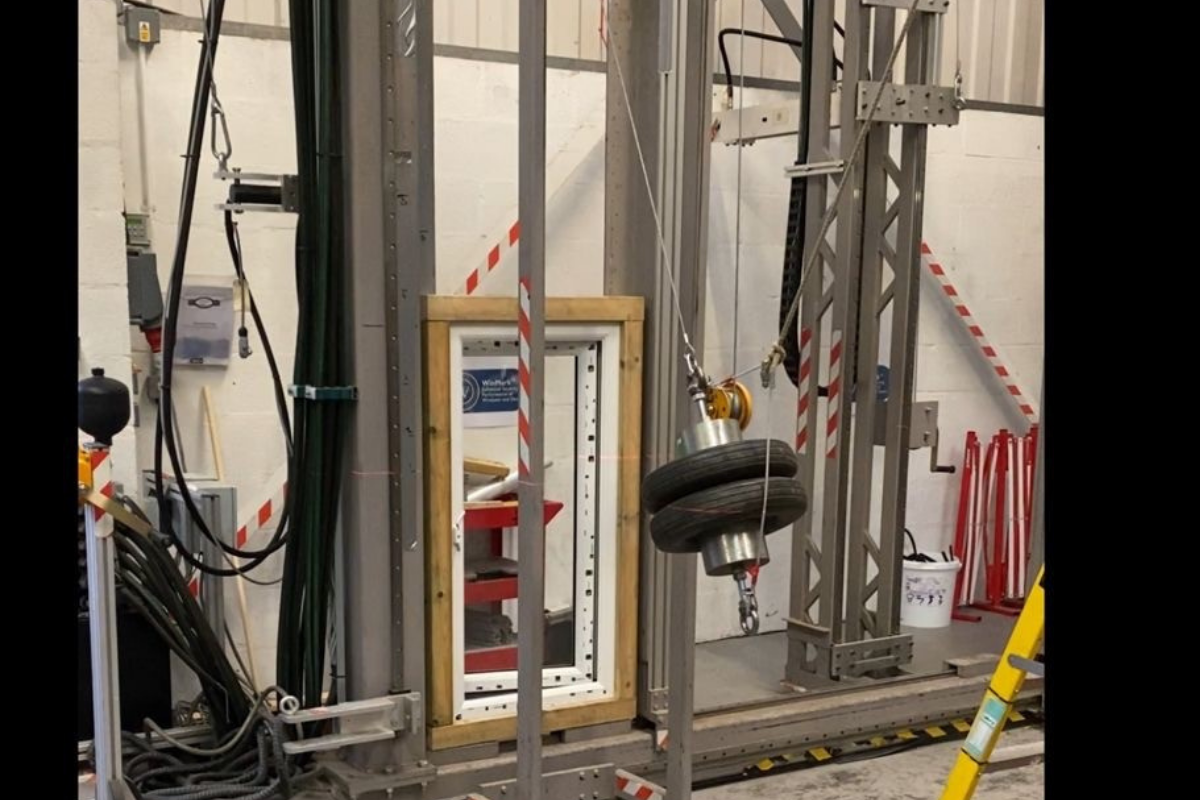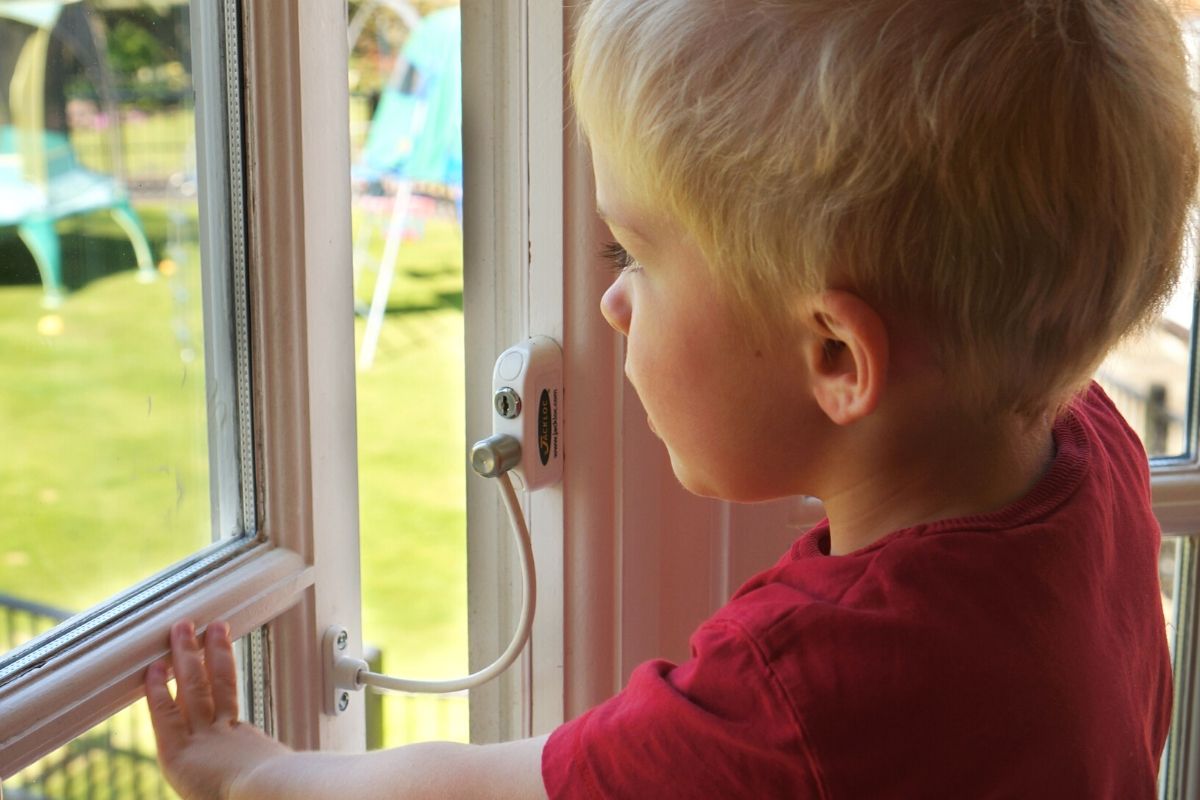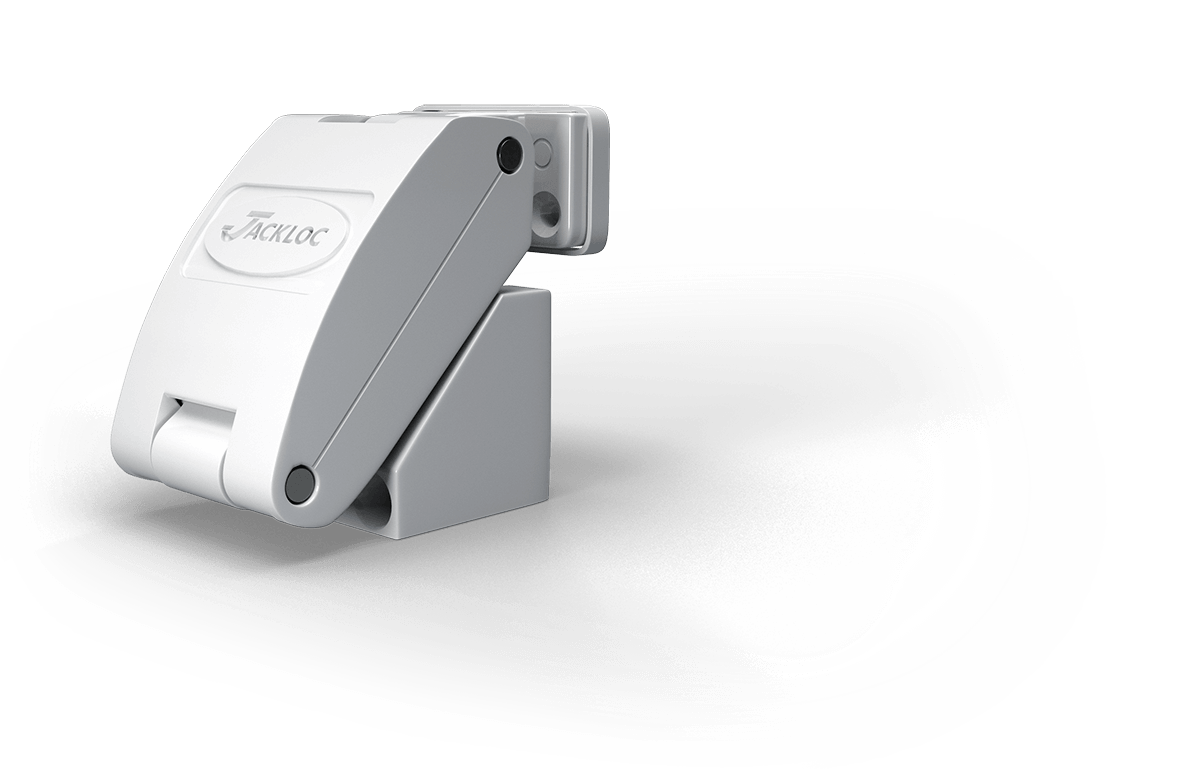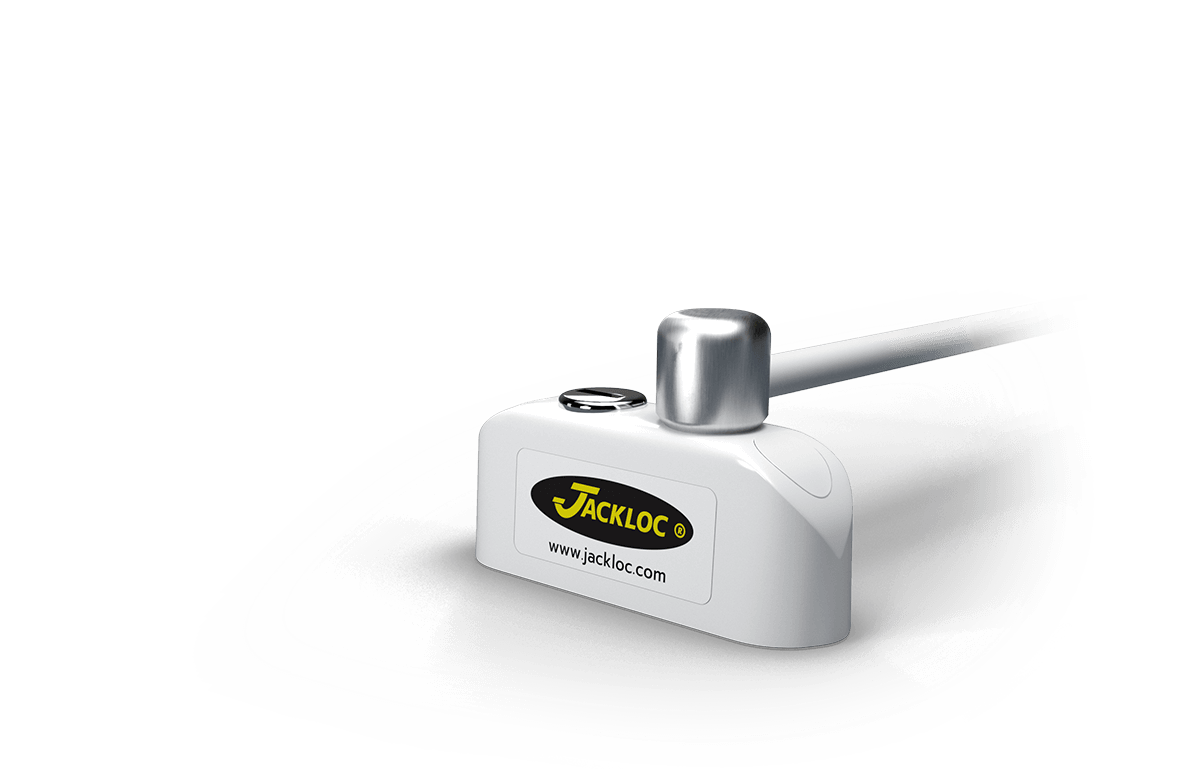Resident safety in nursing homes is closely regulated due to the vulnerability of the residents. Read on to find out more about how window restrictors can play a vital role in keeping nursing home residents safe.
Nursing homes care for some of the most vulnerable members of our community. Those in nursing homes are unable to receive sufficient care at home and they need more healthcare support than those in a residential care home. This means that extra steps need to be taken with regards to resident safety.
The Department of Health and CQC regulations advise that window restrictors should be used in all care settings where accidental falls may occur. They provide particular advice for people with a confused mental state or at risk of deliberate self-harm, which includes many nursing home residents. Even a fall from a ground floor window could be fatal for nursing home residents.
Regulations state that vulnerable people, such as nursing home residents, need to be kept safe from three main window safety risks:-
Accidental physical fall – many people in nursing homes are at risk of stumbles and falls and so a key concern around windows is the prevention of accidental falls. There are many circumstances in which a person might lose their balance and fall through a window, for example when sitting on window sill, moving things on a window sill, or leaning to look out of a window. The weight of a person falling against even a latched window can over-ride a standard window latch resulting in a fall out of the window.
Confused mental state – many nursing home residents are living with dementia, Alzheimer’s or other conditions that can cause them to experience confusion and panic. Confusion makes patients more likely try to use a window as a means of escape, without realising the dangers.
Deliberate self-harm – the third reason that patients may fall from a window, is through deliberate self-harm.
HSE guidelines for windows in nursing homes
The key points of the HSE guidance for window safety for nursing homes state:-
1: Window openings should be restricted to 100mm by the use of a window restricting device.
2: The window restrictor should only be able to be disengaged using a special tool or key, and not by pressing a button to open the restrictor.
3: The window opening restrictor should comply with BS 13126:2001 by being able to withstand the force of greater than 350 Newtons, either by using two window restrictors on each window, or using a single restrictor with a much higher strength. This requirement exists because of the second and third risks detailed above. Window restrictors need to be strong enough to withstand deliberate forcing of the window.
4: Facilities managers should ensure planned preventative maintenance and monitoring schedules are completed which regularly inspect the window restrictors for signs of damage, wear or defection. The guidelines state that, where possible, this should ideally be done in accordance with the window restrictor manufacturer. Regular inspections of window restrictors must take place to check for physical changes over time. Look for signs of wear and tear to the cable, screws and key lock and mark this down. Where possible retest the force of the restrictor to ensure that it exceeds 350 Newtons. This can be done with a Jackloc testing device. All changes should be logged, photographed and time-stamped for the next review. Single window restrictors can be changed where required whilst others can be left if they are still performing well.
What types of window restrictors are suitable for nursing homes?
Window restrictors come in a variety of designs, from concealed window restrictors to retro-fitted window restrictors with cables, or full steel folding mechanisms. In a nursing home, a retro-fitted window restrictor is preferred because of the strength of the cable, body and screws.
The second guideline listed above states that in a nursing home the window restrictor must only be operated by a key or special tool, a key operated window restrictor should be used and the key should be securely managed by the staff. The strongest window restrictor on the market is the Jackloc Titan which will withstand the weight of 74 stone (approximately 5 adult males), which far exceeds the HSE requirements. This window restrictor is operated using a key.
Windows can come in all shapes and sizes, so you may require restrictors with added spacers to suit the space, or a variety of screw sizes so look for these as standard when choosing a restrictor. Always look for the manufacturer’s guarantee and testing credentials for total peace of mind for your patients, staff and visitors.
You should work with the manufacturer to undertake a risk assessment and site survey to get a clear view of what you require.
Covid-19 in Nursing Homes
As a result of the Covid-19 pandemic the Government, the WHO and Sage all issued guidance that as part of pandemic controls natural ventilation should be provided by opening doors and windows where possible, especially during winter months. This natural ventilation removes pockets of contaminated and stagnant air that may spread COVID-19 amongst people within the room or building.
Window restrictors play an important role in nursing homes allowing fresh air to circulate while ensuring resident safety against falls and unauthorised entry.
If you are considering nursing home window restrictors, to ensure resident safety, please contact our team for a free non-obligation virtual site survey for nursing homes. This will enable us to view your windows and provide a verbal and written risk assessment report. To book one, or for more information on Jackloc products, please contact us using the form below.
Further details on our Healthcare Setting window safety restrictors can be seen on our website.
Book a free virtual site survey for your Healthcare facility



